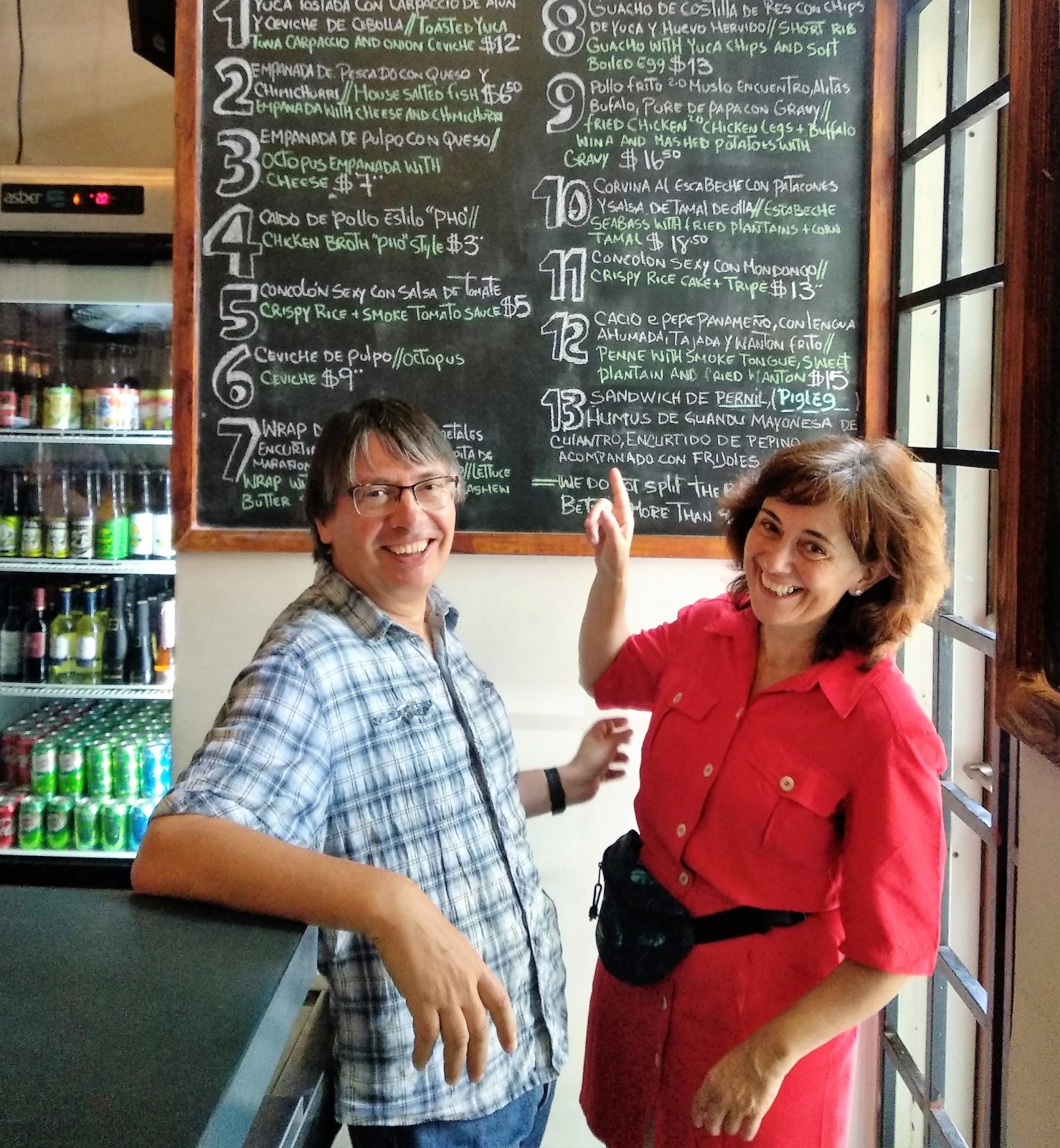Camino de Santiago en Burgos 2025
Immerse Yourself in:
El Camino de Santiago
in Burgos
Camino de Santiago Routes
The St. James Way, or Camino de Santiago, is one of the world’s oldest pilgrimage routes, leading to Santiago de Compostela in Spain, where St. James’ remains are believed to rest. Pilgrims can choose from various routes, each offering a unique experience. The Camino Francés, the most popular at 800 km, takes about 30-35 days to complete. The scenic Camino del Norte follows Spain’s northern coast, while the Camino Finisterre extends to Finisterre and Muxía, offering stunning landscapes. Each path offers a blend of history, culture, and spirituality.
Camino de Santiago in Burgos Region
El Camino de Santiago is one of Burgos’s three World Heritage Sites. The other two are the magnificent Burgos Cathedral and the prehistoric archaeological site of Atapuerca
Are you ready to walk along the Camino de Santiago in the province of Burgos and the city?
Join us for an immersive linguistic and cultural adventure during our themed week dedicated to the Camino de Santiago.

Embark on a Spanish Adventure Unlike Any Other!
Complete Spanish Immersion
The Camino de Santiago, a major Christian pilgrimage during the Middle Ages, attracted thousands of pilgrims. The Camino Francés was particularly popular but declined due to events like the Black Death and the Protestant Reformation. Today, various routes lead to Santiago de Compostela, offering historical and spiritual significance for both religious and recreational pilgrims.
Dive Deep Into Spanish Traditions
Enhance Your Communication Skills With Guidance From A Native-Speaking Teacher
Discover the Essence of the Camino de Santiago Walk in Burgos:
Learn about the history and the importance of the Camino de Santiago
The Camino Primitivo, the oldest and most challenging Camino de Santiago route, starts in Oviedo and crosses the Cantabrian mountains, offering a quieter pilgrimage. The Camino Inglés, starting in Ferrol or A Coruña, is shorter and ideal for British and Irish travelers, with specific requirements for the Compostela Certificate. Each Camino route provides distinct experiences, cultural insights, and varying difficulty levels for pilgrims worldwide.
Improve your Spanish language while immersing in Spanish culture.


Inclusions:
- A 7-Day 6-Night Program
- Daily integrated Spanish classes with a native teacher
- Accommodation in the teacher’s home
- Meals provided or outings to local spots
- Daily themed activities guided by the host teacher or a knowledgeable guide
- Transportation from the train or bus station to our home and all the places we will visit together is included.















Your host Teachers in Burgos

Scheduled Activities

Walk along the Camino route with your teacher

Stop to have a pincho and a coffee on the Camino

Relax in nature along the Camino

Find the Camino the Santiago in front of our home

Experience the World Heritage Deposit of Atapuerca along the Camino Walk, emphasizing the significance of choosing the right path based on individual interests

The Camino Francés is the most popular route, known for its historical significance and large number of travelers.

Explore the Camino de Santiago enjoy the nice Burgos

Discover places along the Camino de Santiago
Requirements to Join this Adventure in Burgos
This is a conversational oriented experience, therefore it is recommended for Spanish learners with at least a B1 proficiency level.
Furthermore, for this experience you must:
- Participate in a Zoom meeting to assess your conversational skills
- Be open-minded to share the adventure with students from different countries
- Commit to using only the Spanish language during your stay in Burgos
- Be eager to embrace this unforgettable experience!
FAQs
Where does the Camino de Santiago start?
Setting an individual start point on the Santiago Trail is impossible. The Santiago Route has various routes which lead directly to many points. Your journey varies completely from your tastes and interests to the results you want from your experience. The reason for this vast variety of beginning points is that the original pilgrimage began from home on the Camino. So, it is the reason for the variety of different ways of traveling around. But the routes were clearly my favorite. Camino Francés, or French Road, is the simplest of all the routes of the Camino.
Different routes of the Way of St.James
As we have said above, the Santiago Camino has no definite route, although many people believe it refers to the more famous route Camino Francés. There are routes there. You can walk towards Santiago in any part of Europe, and if you don’t follow the established route of the Camino de Santiago, it’s impossible for you to find adequate accommodation routes. The Way of Saint James is governed in several ways, and it runs in different cities and ends in Santiago. Camino, France, is the most famous route, with around 55% of pilgrims taking it.
Pre-Christian history
This pilgrimage route leads to Santiago following an ancient Roman trade route, continuing to the Atlantic coast of Galicia until Cap Finisterre. Though it is known today that Cape Finisterre, Spain’s westernmost point, is not the westernmost point of Europe (Cabo da Roca in Portugal is farther west), the fact that the Romans called it Finisterrae (literally the end of the world or the end of The Milky Way is visible from above during the day, so it became known as Voie lactée. Saint James Shell is an important symbol of this route.
Medieval route history
St. James with a team of pilgrims. The hat is typical and often has his emblem, the scallop shell, placed in the brim on the front or anywhere in his clothes. The first record was recorded on visits made at Santiago de Compostela (1568) : The pilgrimage to The Shrine became the most regarded medieval pilgrimage. During the pilgrimage from Compostela, people were customary to carry back the Galician scallop shell to prove their travel. Eventually, the shells were used to make pilgrim badges.
How long does it take to walk the Camino de Santiago?
According to the ability of pilgrims to choose a route, it takes around 3 months to reach it. Despite these differences, many prefer segmenting routes by sections, initially created in 2007 by Umberto di Venosa, founder of Follow the Camino. The Camino is more accessible for everyone by walking through different segments. Usually, walking the last 100 kilometers of the Camino France and Camino Ingles takes 6 or 7 weeks. The entire Camino Francés from Saint Jean Pied de Port to Santiago takes 35 Days of walking, while the Via la Plaça requires 44 Days of walking to reach it.
Camino de Santiago: The Popular Routes
This trail has no single route in Santiago. The European countryside is lined with arteries and paths like branches of oak trees. It all finally arrived in Santiago. Each of these courses is arranged along gravel paths, wood-lined roads, single-wide stretches of road, cobble streets, and paved streets. Nevertheless, there are seven institutionalized thru-hiking trails in Santiago. The well-constructed routes provide significant facilities for pilgrims. Walker’s can use Men del Peregrino Restaurant (Muse of Pilgrims) Route Markers and Ticket Bestower.
How many hours a day do you walk?
On average, you walk 20-30 kilometers / 12,4-15 miles daily along Santiago. If your speed is 3.5km per hour, that would mean you will walk 4 – 4 miles daily. Add an additional hour for taking photographs, drinking coffee, or eating lunch. You have time to travel for at least five to seven hours every hour. Some walk slower. On the same route as the Camino, the walking time is different depending on the terrain; as a climber or descent, it’s faster in the mountains than in the plains.
Camino de Santiago: The Popular Routes
This trail has no single route in Santiago. The European countryside is lined with arteries and paths like branches of oak trees. It all finally arrived in Santiago. Each of these courses is arranged along gravel paths, wood-lined roads, single-wide stretches of road, cobble streets, and paved streets. Nevertheless, there are seven institutionalized thru-hiking trails in Santiago. The well-constructed routes provide significant facilities for pilgrims. Walker’s can use Men del Peregrino Restaurant (Muse of Pilgrims) Route Markers and Ticket Bestower. Albaergues is a camping hostel for hikers.
Is the Camino de Santiago hard?
Walking for several days can be tough for people, and even the most fit person can get to the wall. The toughest day of Camino takes place on the 1st day of the French Way when one must cross the mountains of the Pyrenees through the Napoleon Pass.
What is the best month to walk the Camino de Santiago?
Oceanic climates, Mediterranean climates, and mountains vary in Camión de Norte. Thus, the weather can change completely and dramatically depending on where it is located. Normally, the best times for making the pilgrimage to Santiago are April and October.
What is the best Camino route for beginners?
It’s usually a recommended route for beginners, if not the most enjoyable. The route begins at Saint Jean de Port in France, spans 800km, and crosses Santiago de Compostela in Spain. 27 September 2023.
Where do you go to the bathroom on the Camino de Santiago?
In towns on the Camino, including Sarria on the Franco de Camino, the restrooms have a lot of facilities. Even though not always abundant elsewhere. Cafes, bars, and dining areas provide a great place for restrooms. However, it is nice to buy something small when you are using the facilities. 22nd December 2020.


